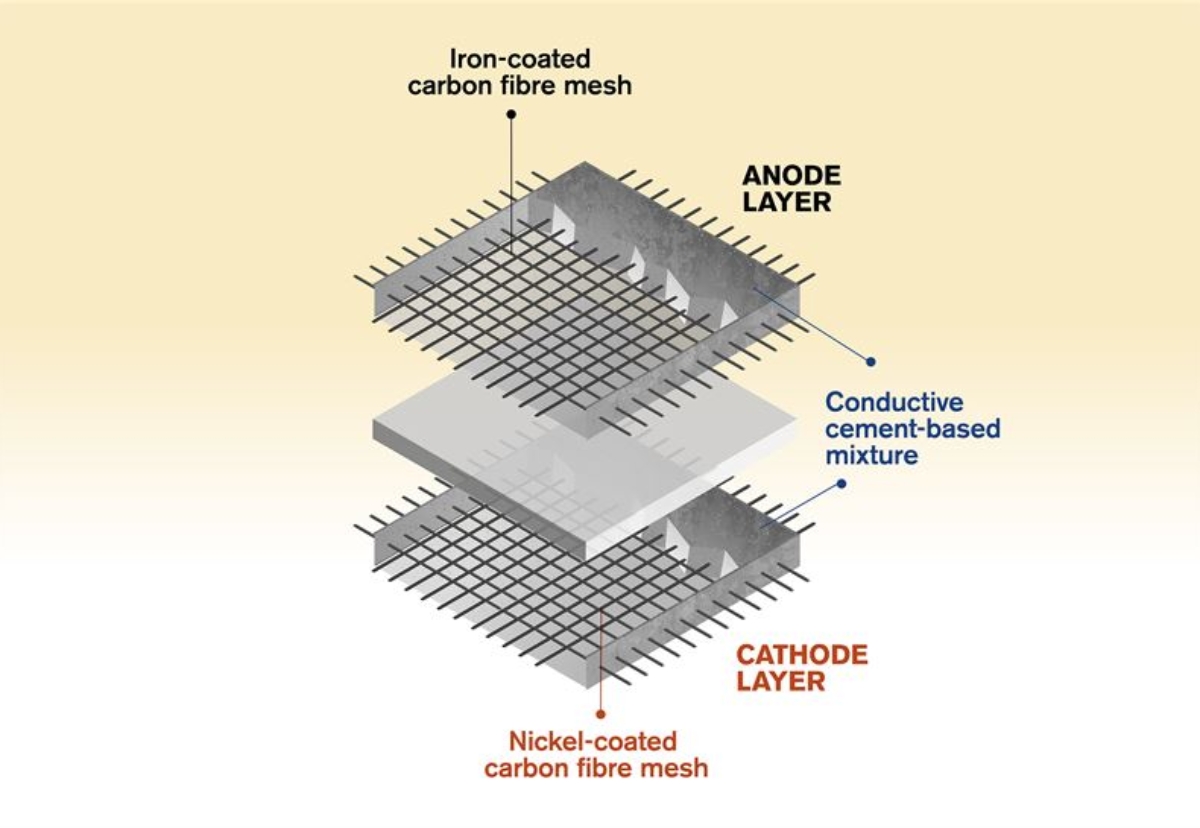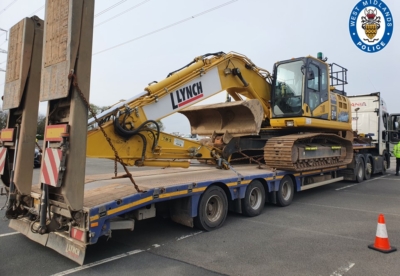The idea involves a cement-based mixture with small amounts of short carbon fibres added to increase the conductivity.
Also embedded within the mixture is a metal-coated carbon fibre mesh with iron for the anode, and nickel for the cathode.
Researchers from Chalmers University of Technology, Sweden said the energy density is still low in comparison to commercial batteries but that that is counterbalanced by the huge volume at which the battery could be constructed when used in buildings.
Researcher Emma Zhang said the technology could be revolutionary because of its energy storage possibilities.
She said:“We have a vision that in the future this technology could allow for whole sections of multi-storey buildings made of functional concrete. Considering that any concrete surface could have a layer of this electrode embedded, we are talking about enormous volumes of functional concrete.
“It could also be coupled with solar cell panels for example, to provide electricity and become the energy source for monitoring systems in highways or bridges, where sensors operated by a concrete battery could detect cracking or corrosion.”
The idea is still at a very early stage and technical questions remain to be solved around battery life and recycling before commercialisation of the technique can be a reality.
Zhang said: “Since concrete infrastructure is usually built to last fifty or even a hundred years, the batteries would need to be refined to match this, or to be easier to exchange and recycle when their service life is over.
“For now, this offers a major challenge from a technical point of view.”
Fellow researcher Luping Tang said: “We are convinced this concept makes for a great contribution to allowing future building materials to have additional functions such as renewable energy sources.”














 (300 x 250 px).jpg)









































.gif)